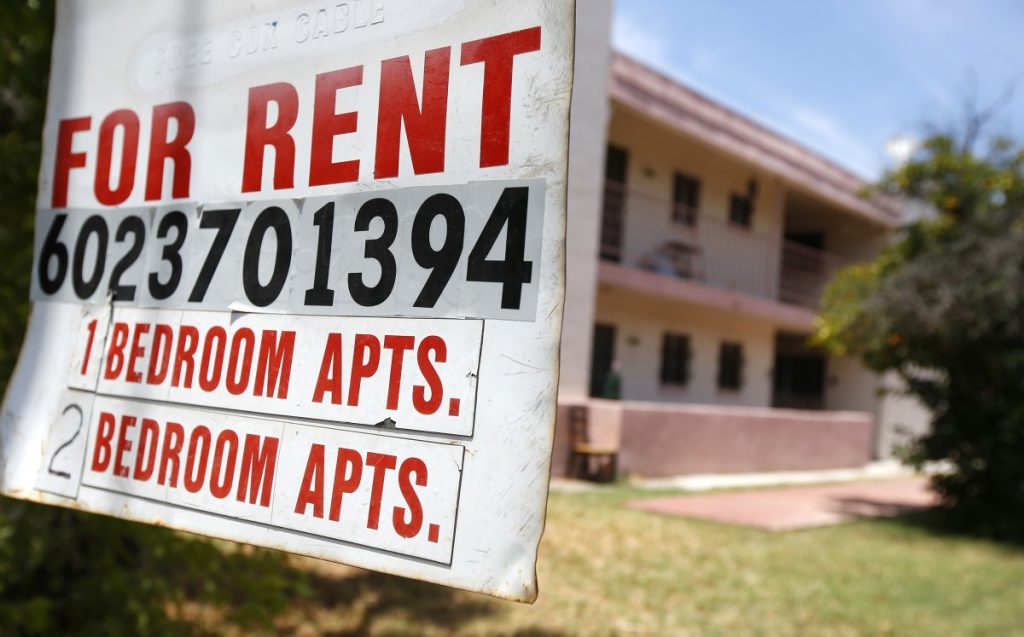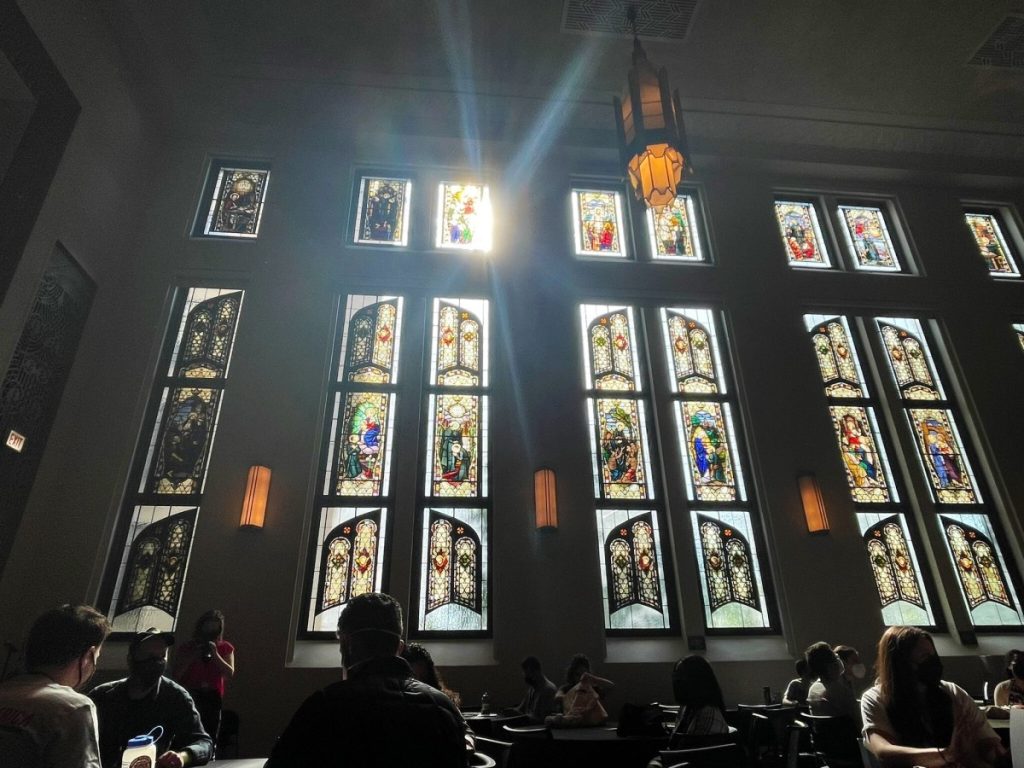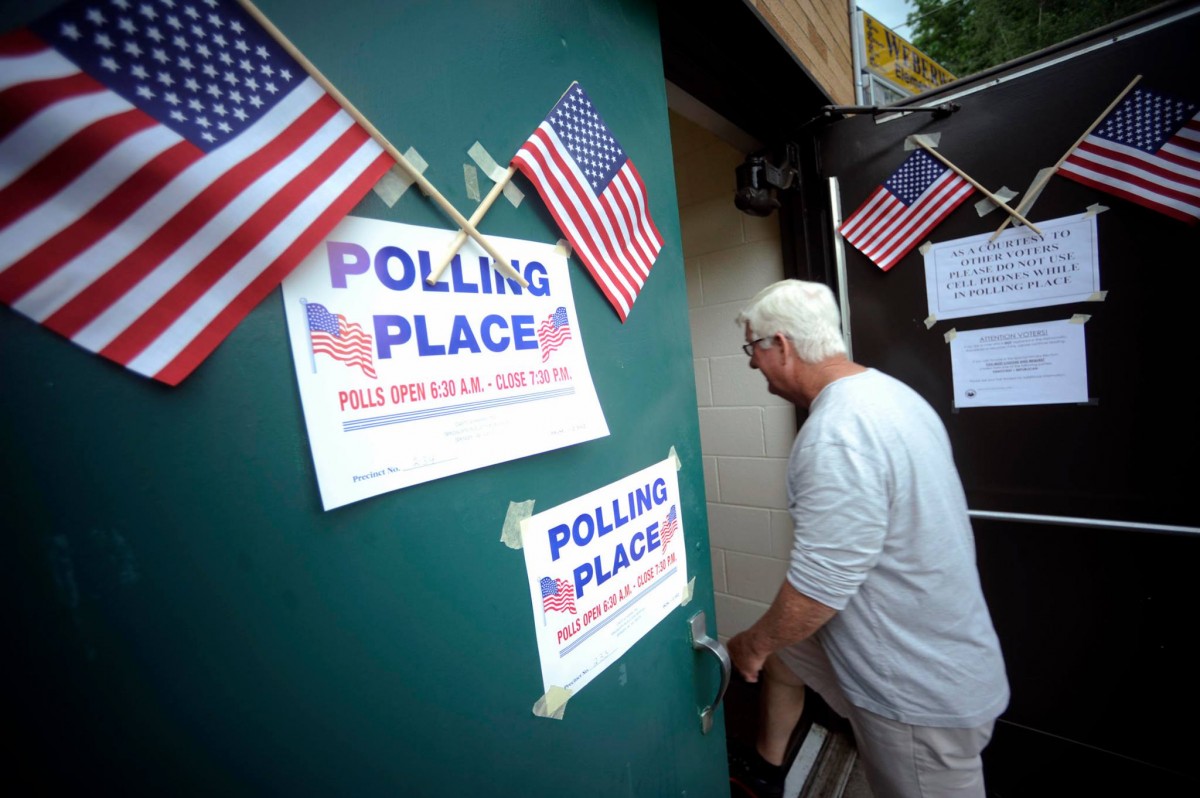As we inch toward the end of 2022, our staff is looking back on some of our most memorable stories of the year. Explore our top stories yourself below.
Ginseng and Big Pharma: How Appalachia Built an Industry that Would Later Exploit It
by Luke Manget

Luke Manget, author of the book “Ginseng Diggers: A History of Root and Herb Gathering in Appalachia,” brings us this essay on the birth of the pharmaceutical industry in the southern part of our region. Following the U.S. Civil War, folks in dire economic straits found a burgeoning botanical market – and the lush biodiversity of Appalachia proved bountiful for those seeking natural, plant-based medicines, potions, and tinctures.
“This story punctures the popular but inaccurate belief that Appalachia was a regional backwater isolated from the main economic and social currents sweeping the nation in the 19th century. As we have seen, Appalachian root diggers were part of one of the most significant growth industries of modern America. This relationship once provided them a means for economic independence and stability.”
– Skylar Baker Jordan, Contributing Editor for Community Engagement
COVID-19 Didn’t Cause Appalachia’s Housing Crisis, But Advocates Say It Exacerbated It
by Taylor Sisk

What I appreciated most about this story is how well it illustrates the housing shortage in Appalachia through the experience of a family who lives in the region. The pandemic exposed and exacerbated the housing crisis in Appalachia, and Taylor reminds us that the problem predates the pandemic. I found myself nodding in agreement as he described the rise of AirBnBs in popular tourist destinations such as Asheville, further depleting the housing stock available to the people who live and work in western North Carolina.
In West Virginia, where I live, I’ve been told by many people that finding affordable housing these days in Davis and Thomas – two mountain towns near the Canaan Valley ski area – is almost impossible. Fayetteville, which sits adjacent to the New River Gorge, is experiencing a similar trend.
Beyond the pandemic and the aid that poured into the region to mitigate rising rental costs, this piece challenges us to think of the future. As tourist destinations around Appalachia continue to grow, and tourism dollars get pumped into local economies, the question remains: Where will the people who call these communities home live?
– Laura Harbert Allen, Religion Reporter
Keep Your ‘Elegy.’ The Appalachia I Know is Very Much Alive.
by Ivy Brashear
If you pay attention to Appalachian creators, then you know the name Ivy Brashear. We’ve been lucky enough to publish her gorgeous writing several times here at 100 Days, but this piece from March really struck a chord.
In it, she described the fierceness of her grandmother, the formidable Della Combs. “A storyteller who had the most enormous zest for life and love, with the heart to match,” she writes. A woman who wasn’t perfect, but who protected. As Ivy described her grandmother and her love for her, she was describing mine. Thelma Marra, a woman with a fierceness all her own.
But in stories about Appalachia, these women are not always praised. Outsiders who think they know us, think they understand us, call these women “lunatics.” Even when they’re related to them. I think this is one you’ll want to read for yourself.
– Ashton Marra, Executive Editor
More Than a Stereotype: A Young West Virginian Wants a Different Conversation
by Arabella McCloud
As a native West Virginian, growing up, I didn’t plan to stay in the state after graduating high school. I wanted to flee the state and the region as quickly and abruptly as I could because I didn’t think there were any opportunities here for me – in fact, for many reasons, I never even considered it an option to stay here.
This experience is something that many Appalachians know very well and that young people in the region continue to grapple with – that you must get out to be successful, that there are “better places” to work and live. Often these internalized misconceptions are the result of stereotypes, which are continuously perpetuated in national media.
This is something freshman at Shepherd University and Preston County, West Virginia, native Arabella McCloud wrote about in her commentary earlier this year, “More Than a Stereotype: A Young West Virginian Wants a Different Conversation.”
“Stereotypes have consequences,” she writes. “Being constantly seen in a negative light drives our youth to move away as soon as possible, and it inhibits tourists from wanting to visit. No one wants to be in an area where they do not feel comfortable, and the negative connotations surrounding West Virginia do not inspire feelings of comfort, safety or welcome.”
At 100 Days, we’ve talked extensively about the impacts of these stereotypes on the region – it’s ingrained in our mission to change the narrative about the region. And Arabella says that we can do more to not only address these perceptions but also implement more resources to address the challenges West Virginians face.
“Rather than addressing the system roots of any of these problems, the entire state gest dismissed as less deserving, less important and less worthy of resources. It rarely gets acknowledged that all these stereotypes are actually structural crises,” she writes.
“The youth are the future of the state so keeping us engaged and hearing our voices is the only way West Virginia is going to have a chance for betterment.”
Couldn’t have said it better myself – the future of our region is dependent on young people staying and thriving here. Read more here.
– Kristen Uppercue, Deputy Editor of Special Projects
Why the Religion Beat? Reporting on Faith Can Protect Our Democracy
by Laura Harbert Allen

In June of this year, we were honored to have Laura Harbert Allen join our team. Even before her first day on the job, Laura says a common question came her way. “Why religion?” In this piece, she attempts to answer that question.
You see, in Appalachia, religion isn’t just a ceremony of sorts you attend on Saturday or Sunday mornings. It’s embedded in the fabric of our society, that shapes who we are as a people and as a region. But despite what each of our religions teach, the result is not always good, and in her role, Laura promises to explore both:
“As a journalist, I want to tell stories about the richness and depth of the religious experience and the complexity of how it shows up in the lives of Appalachians…That means reporting on all faiths in Appalachia, but white Christian Nationalism too.”
– Ashton Marra, Executive Editor
From Our Partners
A Taste of Home – How Pinto Beans and Cornbread Became an Appalachian Tradition
by Zack Harold, West Virginia Public Broadcasting

When Zack Harold tweeted asking his audience for unique Appalachian dishes, he was shocked to see so many responses say “beans and cornbread.” While a staple meal for many families, you wouldn’t really consider the dish one of the region’s most noteworthy dish, yet so many Appalachians identify this meal with home. So, how did it get this way?
“A pot of soup beans and cornbread have been a go-to meal in these mountains for as long as humans have lived here,” Zack writes.
Learn more in this piece from West Virginia Public Broadcasting.
– Kristen Uppercue, Deputy Editor of Special Projects



